By using our website, you agree to the use of cookies as described in our Cookie Policy
The Boss’s Daughter
Cabinetry 101: A Complete, No-Nonsense Guide to Styles, Materials, Layouts, and Smart Upgrades
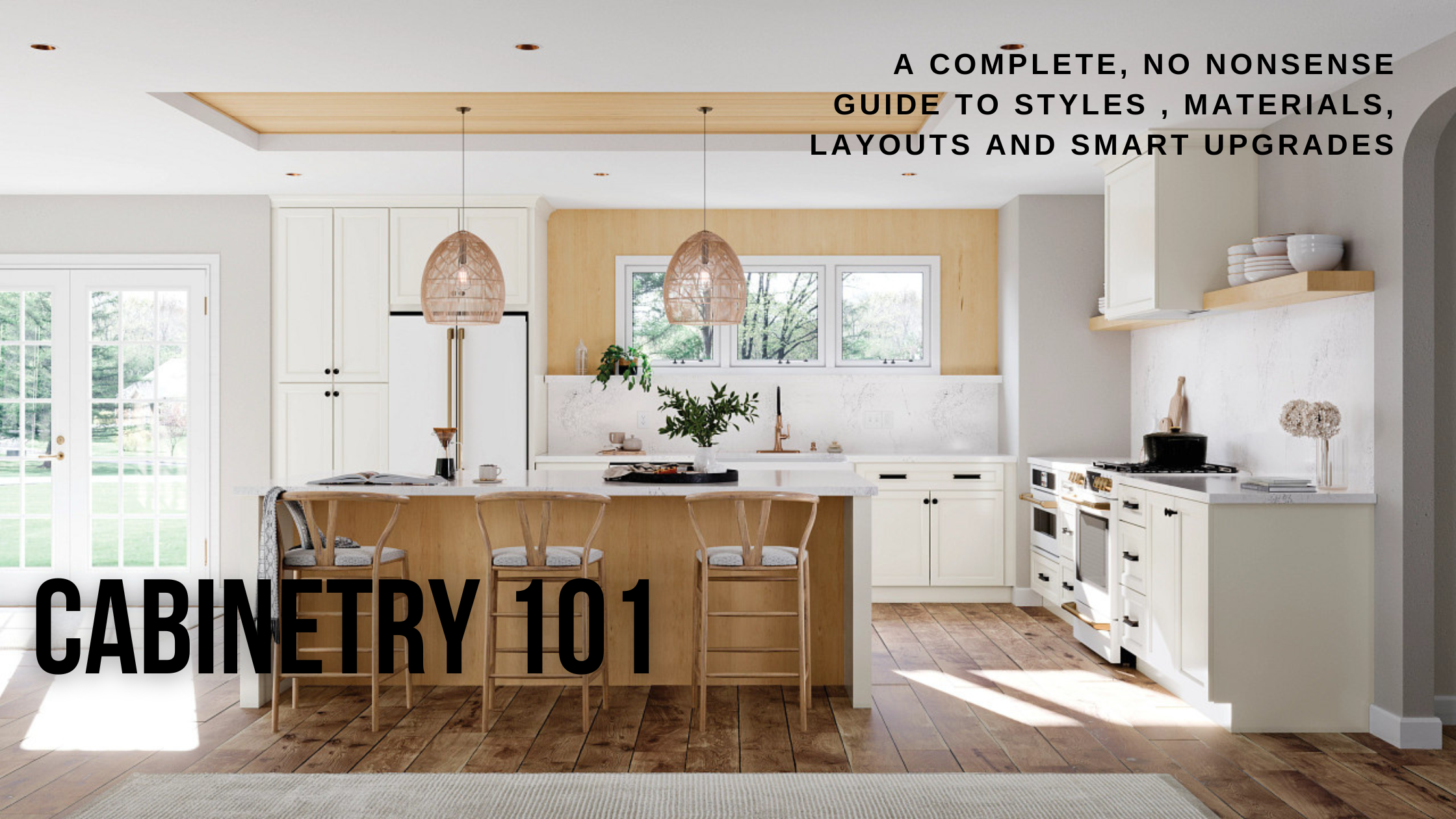
Cabinetry 101: A Complete, No-Nonsense Guide to Styles, Materials, Layouts, and Smart Upgrades
Cabinetry carries more than dishes and towels—it carries the feel of your home. The right setup makes mornings smoother, rooms calmer, and storage smarter. This guide breaks down what actually matters (no fluff): construction, materials, door styles, finishes, and smart add-ons—so you can plan with clarity and confidence.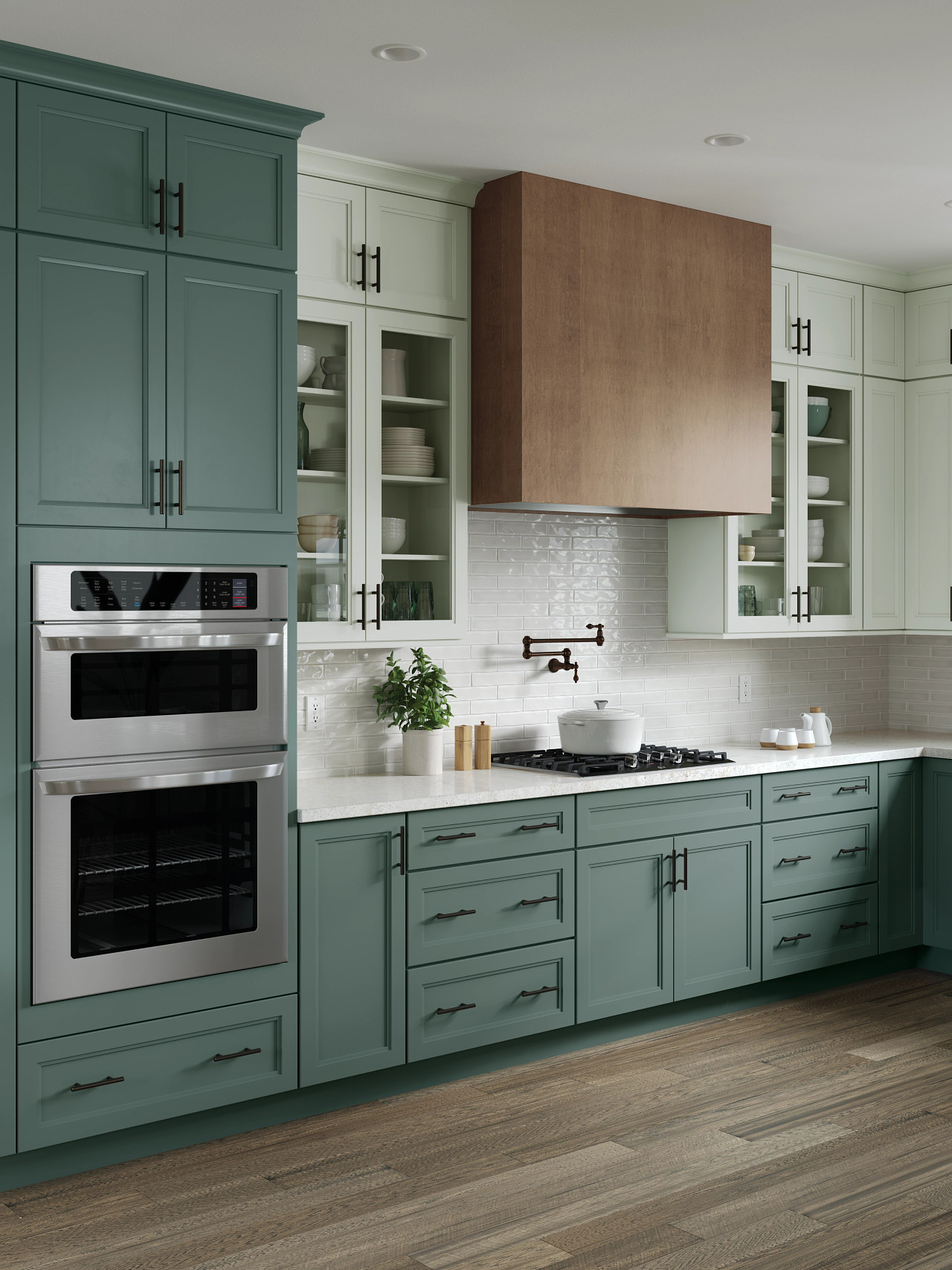
1. Understanding Cabinetry Basics
Cabinetry is a system: a box (sides, top/bottom, back), a front (frame or no frame), and the workhorses—doors, drawers, shelves, and hardware. When hinges, slides, and box construction work together, everything feels solid and easy to use.
Toupin Pro Tip: Run your hand under the box rails and along drawer sides. Clean edges, consistent reveals, and quiet soft-close action are everyday quality you can feel.
2. Types of Cabinets by Location
Kitchen: Base, wall, and tall/pantry units do the heavy lifting; corner units and drawer bases keep daily items reachable.
Bath: Moisture-smart materials and finishes win. Vanities, medicine cabinets, and linen towers store the essentials without crowding the room.
3. Kitchen Cabinet Types to Know
- Base cabinets – the foundation of counters and islands
- Wall cabinets – daily dishes at easy reach
- Tall/pantry – bulk storage, broom/utility, or wall ovens
- Corner solutions – lazy Susans, swing-outs, or blind-corner pull-outs
- Drawer bases – pots, lids, and mixing bowls (our client favorite)
- Sink bases – plumbing access, tilt-out trays optional
- Appliance garages – stash the toaster/espresso and keep counters calm
4. Bathroom Cabinet Essentials
- Vanities: 24–72" widths, single or double sinks. Add drawers for day-to-day sanity.
- Medicine cabinets: mirrored storage; recessed looks built-in and saves inches.
- Linen towers: vertical storage that hides the visual clutter.
East Bay note: In tight Rossmoor baths, a 12–15" deep linen tower can replace a clunky closet and free up floor space.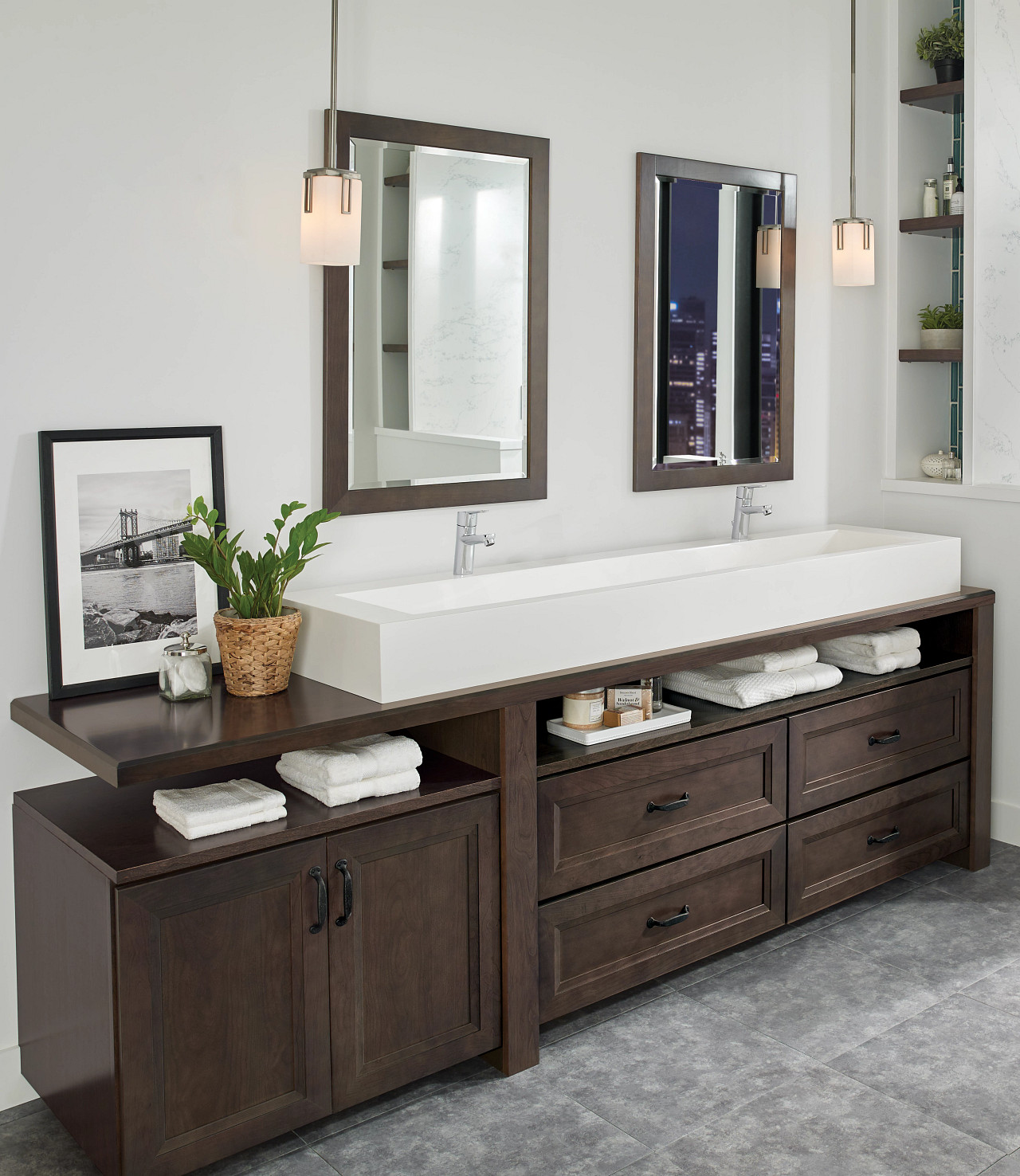
5. Framed vs. Frameless Construction
Framed: A face frame on the box; traditional feel; options for inset, partial, or full overlay doors.
Frameless (Euro): No face frame; wider openings, more usable interior; typically full overlay and modern-clean. Requires precise install—worth it.
6. Materials: Solid & Engineered
Solid woods: Oak (pronounced grain), Maple (paint-friendly), Cherry (warms over time), Walnut (rich), Hickory (hard, variegated).
Engineered cores: Plywood (strong/light), MDF (flat—best for paint), Particleboard (budget, fine for light-duty).
Toupin Pro Tip: Painted doors? Choose maple or MDF for the smoothest finish; stain lovers—look at oak, walnut, or hickory.
7. Beyond Wood: Laminates, Thermofoil, Metal
HPL laminates: stain-resistant, tons of textures. Thermofoil: smooth and affordable—protect from high heat near ovens. Veneer: real-wood face on a stable core. Stainless: outdoor or utility spaces; wipes clean, shrugs off moisture.
8. Cabinet Door Styles
- Slab: flat, modern, wipe-and-go
- Shaker: clean recessed panel—works with almost everything
- Raised panel: classic/traditional detail
- Beadboard: cozy texture, cottage/farmhouse vibe
- Glass fronts: lighten walls; add interior lighting for a gentle glow
Need style inspo? See our series: Scandinavian • Japanese • Italian.
9. Drawer Construction & Options
Dovetail boxes + full-extension, soft-close slides = daily joy. Add: deep pot drawers, cutlery trays, spice pull-outs by the range, trash/recycle pull-outs, and roll-outs behind doors.
10. Hardware: Knobs, Pulls, Hinges
Pulls for heavy drawers, knobs for doors. Finishes that play nice: matte black, brushed nickel, stainless, brass/bronze. Match or intentionally coordinate with your faucet/lighting.
Hinges: Soft-close as standard; clip-on Euro hinges for easy adjustment on frameless boxes.
11. Finishes & Colors
Stain shows grain; paint brings full color. Palettes our East Bay clients keep choosing: soft whites, natural oak, greige, light gray, navy, deep green, charcoal, and warm taupe. Light uppers with darker bases = instant balance.
Topcoats: Catalyzed conversion varnish (workhorse), polyurethane (tough), lacquer (smooth, repairable). Clean gently to preserve sheen.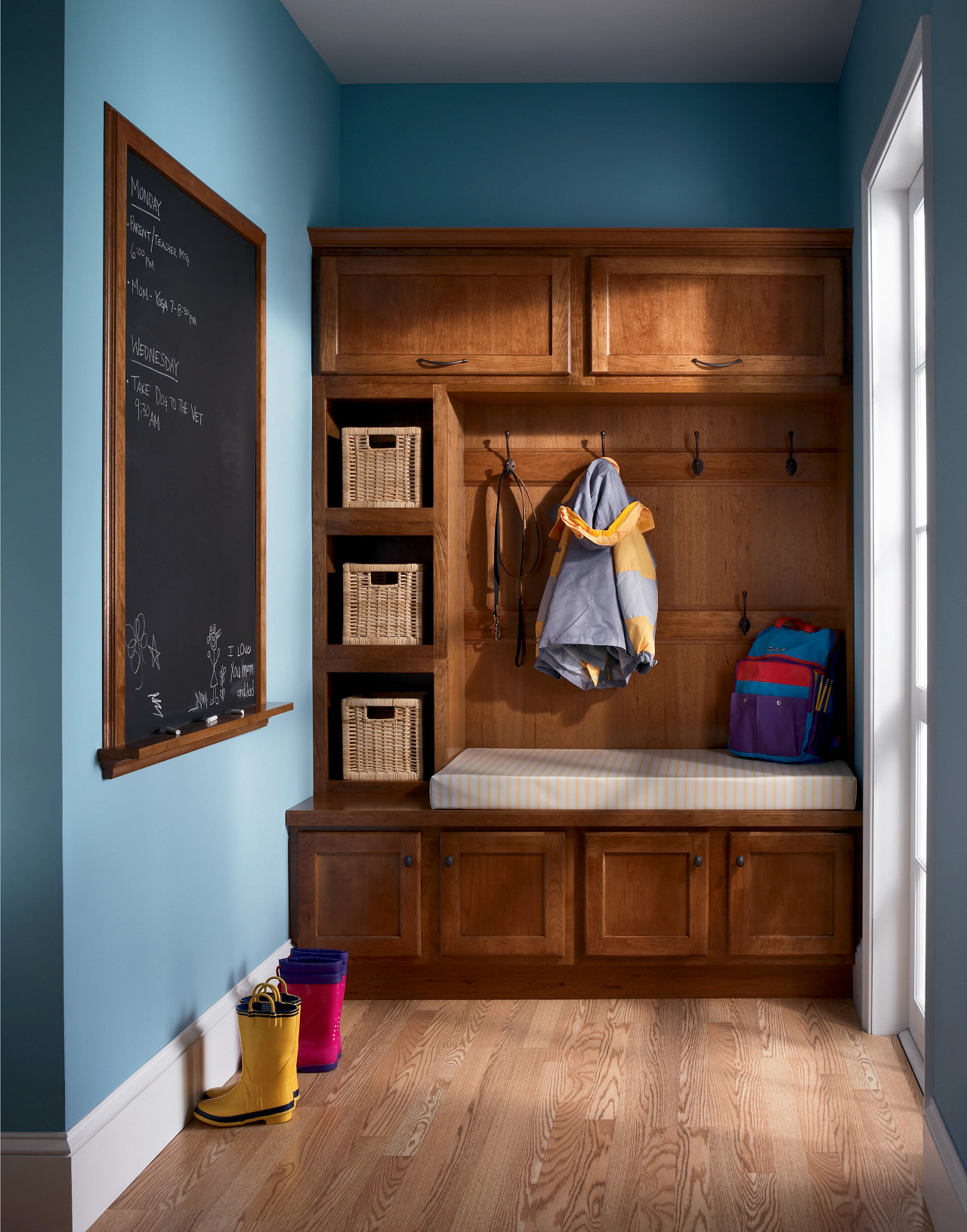
12. Measuring for Custom Cabinetry
Measure walls, ceiling height, openings, and appliance sizes. Mark plumbing/gas/electrical. Note out-of-square corners and sloped floors. Plan fillers, crown/light rail, and door swing. Clearances around fridges/dishwashers save headaches later.
13. Stock vs. Semi-Custom vs. Custom
Stock: quick, budget-friendly, fixed sizes. Semi-custom: size tweaks, style/finish options—our most common sweet spot. Custom: exact specs, furniture-style details, unusual heights/layouts.
14. Kitchen Layouts That Work
L-shape (open flow), U-shape (max storage), Galley (efficient), Island (landing + social). Keep sink/range/fridge within easy steps and give yourself safe landing zones on both sides of the cooktop.
Learn how layout impacts daily life: Kitchen Zones Guide.
15. Bathroom Cabinet Organization
- Drawer dividers & tilt-out trays
- Pull-out hampers + tray storage for hair tools
- Shallow skincare shelves; hooks inside doors
16. Installation Basics
Set and level base cabinets first, then hang walls into studs. Shim thoughtfully; keep faces flush where boxes meet. Check level/plumb often—your countertops and doors will thank you.
17. DIY Upgrades that Stretch a Budget
- Floating shelves: hidden brackets into studs, finished to match.
- Refacing: keep boxes; replace doors/drawer fronts, veneer frames, swap hardware. (Start here if you’re testing a new look.)
Is refacing a fit? Read: What to Know About Refacing Your Cabinets.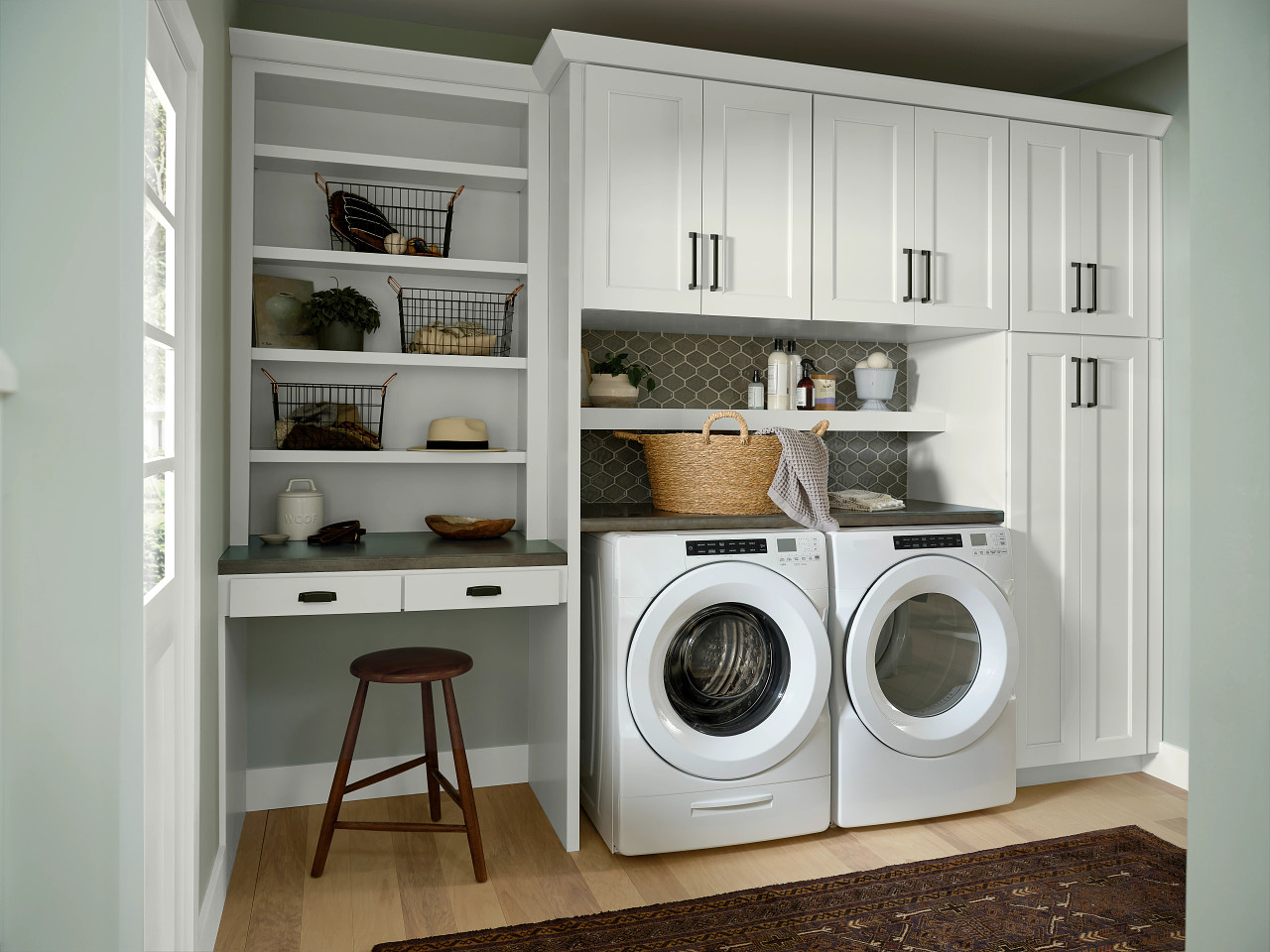
18. Working With Pros
Review portfolios, verify license/insurance, and ask for references. Get a clear scope, finish schedule, appliance panel list, and hardware spec. Confirm lead times and site protection.
19. Maintenance & Care
Soft cloth + mild soap. Avoid abrasives and ammonia. Dry moisture quickly—especially around sink bases and dishwashers. Tighten pulls, adjust hinges when needed. Small fixes (new slides/hinges) bring old drawers back to smooth.
20. Eco-Friendly Options
Look for FSC-certified woods, low-formaldehyde cores, and low-VOC finishes. Bamboo or rapidly renewable veneers are great; durability is green, too—replacing less is the best sustainability plan.
21. Trends Worth Considering
Handle-less lines (finger rails/push latches), mixed materials (oak + painted islands), warm brass/bronze, glass fronts with soft interior lighting, and integrated appliance panels. Always choose function before fashion.
22. Budgeting Smart
Costs flex with box material, door style, finish, hardware, and layout complexity. Save with standard widths/finishes and invest where access matters (more drawers, fewer doors).
23. Mistakes to Avoid
- Skipping fillers and appliance clearances
- Ignoring out-of-level floors/out-of-plumb walls
- Under-planning drawers (depths and dividers)
- Weak ventilation—steam is tough on finishes
24. Accessibility & Universal Design
Lower work zones, pull-down shelves, full-extension drawers, D-shaped pulls, and knee space at a prep area. Clear paths and reachable storage help everyone—kids, guests, and aging-in-place.
Explore more: Remodeling for Accessibility.
25. Lighting That Lifts the Space
Under-cabinet LED strips (toward the front rail) reduce shadows; add dimmers for evening calm. Puck lights highlight tile; interior lights with door sensors make deep cabinets friendly.
26. Smart Features
Charging drawers, outlet-ready appliance garages, selective lockable cabinets, and motion-sensing lights. Choose tech that solves a real daily problem.
27. Small-Space Strategies
Tall cabinets draw the eye up; vertical tray dividers, narrow pull-outs, and corner swing-outs reclaim inches. Mirror-front medicine cabinets and selective glass doors visually expand tight rooms.
28. Outdoor & Utility Cabinetry
Marine-grade polymer, stainless, or treated woods; exterior-grade hardware; plan drainage and pest control. In garages, add locks, vented doors, and heavy-duty shelves.
29. Sourcing & Showrooms
Local showrooms = service and customization; online = speed and range. Open every door/drawer, check shelf thickness, ask about box material and finish system. Quality leaves clues when you touch it.
30. Sizing Standards That Help Planning
- Base: 24" deep (36" high with top)
- Wall: 12" deep
- Tall/pantry: 84", 90", or 96" high
Standards keep appliances and counters aligned; custom sizing earns its keep in tricky rooms and older homes.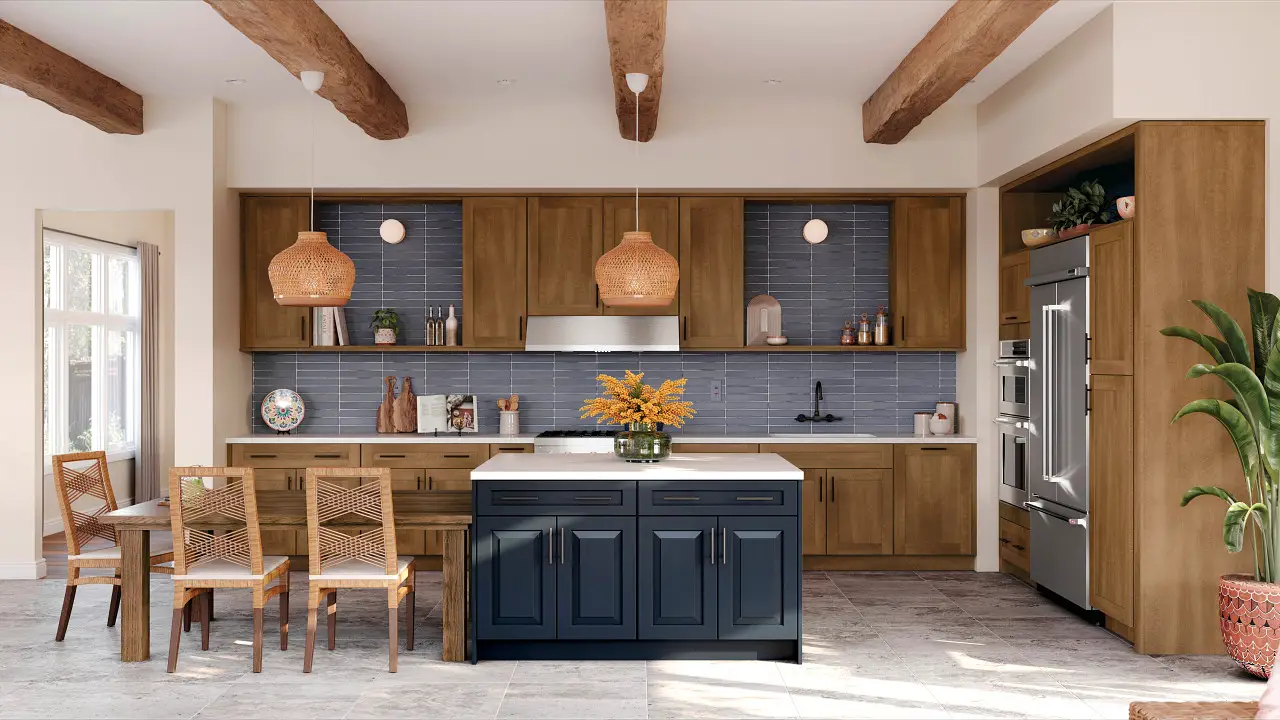
Related Reading (From Our Blog)
- Countertop Materials: Pros, Cons & Costs
- Why Is Kitchen Remodeling So Expensive?
- Kitchen Electrical Codes Every Homeowner Should Know
- A KraftMaid Cabinet Story
Ready for a Cabinet Plan That Fits Your Life?
We design and build kitchens and baths across Walnut Creek, Rossmoor, Orinda, and the greater East Bay. Book a quick consult and we’ll map 3–5 cabinet options (with finishes and hardware) that match your space and budget.
‹ Back



Comments